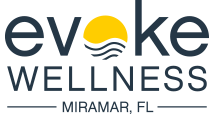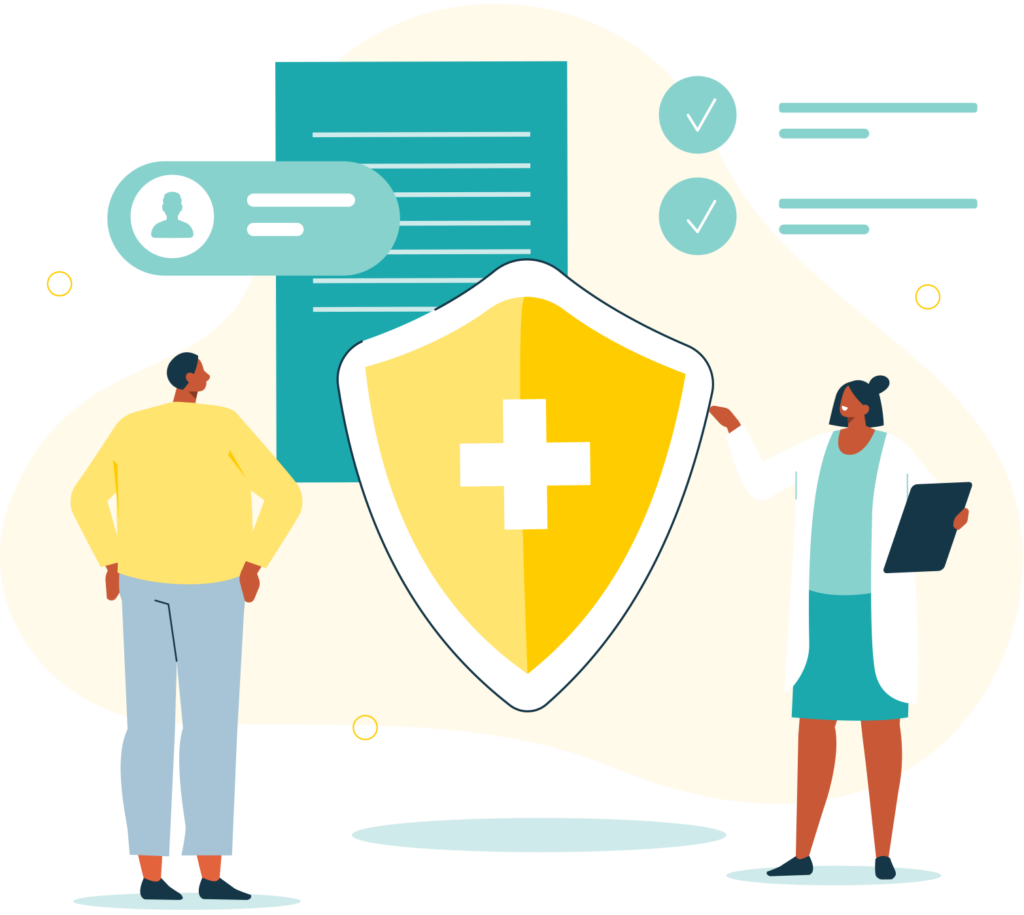Chemical substances affect people in a variety of ways. For example, some people who consume alcohol become more social and pleasant, sparking conversations with strangers and becoming the life of any party they attend. Other people who drink alcohol become angry and belligerent, calling their close friends on family member’s names and acting in ways they would never otherwise act. The same goes for people who abuse stimulant drugs. Stimulant drugs include prescription stimulants like Adderall and Ritalin and illegal methamphetamine, MDMA, and cocaine. Rates of stimulant abuse have been rather consistent throughout the U.S. for the past several decades.
Rates of Prescription Stimulant Abuse Has Been On The Rise
According to an article published by the National Institute on Drug Abuse young adults between the ages of 18 and 25 abuse prescription stimulants like Adderall at exceptionally high rates, usually to increase their performance in an academic environment. Symptoms associated with stimulant abuse depend heavily on the individual and the type of chemical substance they are abusing. For example, someone who has been injecting methamphetamine will behave very differently from someone who has been taking a slightly higher dose of a prescription drug like Ritalin.
Symptoms of Stimulant Abuse Use
Because behavioral patterns associated with stimulant abuse vary significantly, it can be difficult to tell whether or not someone you know and love has been abusing a stimulant drug. However, certain behavioral traits are common across the board. So what does a person who is high on stimulant drugs look like? When a person first ingests a stimulant drug, whether ingested orally, snorted, smoked, or ingested intravenously, the person experiences an intense rush of euphoria attributed to an increase of dopamine within the brain. At the same time that the stimulant drug increases the number of neurotransmitters present in the brain, it affects central nervous system function.
More About Sign and Symptoms of Stimulant
As a result, stimulant drugs elevate the user’s heart rate and blood pressure while sometimes causing more severe physical issues like labored breathing, heart palpitations, or seizures. People who ingest too much of a stimulant drug in one sitting can experience an overdose, which can be brought about by heart failure or heart attack. In addition, someone who is coming down from a stimulant high will likely experience severe mood swings and intense restlessness. Symptoms of stimulant abuse might include:
- Mood swings
- Extreme agitation and irritability
- Anxiety and panic attacks
- Erratic and uncharacteristic behaviors often characterize behavioral changes.
- Violent and angry outbursts
- A range of physical symptoms including racing heart, heart palpitations, sweaty palms, persistent headache, and body tremors
Symptoms of Chronic Stimulant Drug Use
If a person uses a stimulant drug chronically (for a prolonged period), they will more than likely experience:
- Paranoia
- Anxiety and panic attacks
- Persistent agitation
- Angry and sometimes violent outbursts
- Confusion
- Decreased sexual function
- Lasting damage to the central nervous system
- Financial and legal issues
- The development of chronic health conditions
- Hallucinations and delusions
- Tooth decay
- Significant weight loss
- Prematurely aging skin
- Permanent psychological issues, which might include psychosis
If you or someone you know and love has experienced consequences directly related to chronic stimulant abuse, Evoke Wellness at Miramar is available to help. Our comprehensive recovery program focuses on helping clients overcome all consequences of active addiction as they transition into a happy, fulfilling and substance-free life. To learn more, contact us today.
Start Stimulant Abuse Recovery at Evoke Wellness at Miramar
At Evoke Wellness at Miramar, we treat stimulant abuse disorders of all types of severity. Regardless of what chemical substance you or your loved one has been abusing, we utilize a proven combination of intensive behavioral therapy, medication-assisted treatment, and holistic approaches to recovery to provide the most integrated care available.


